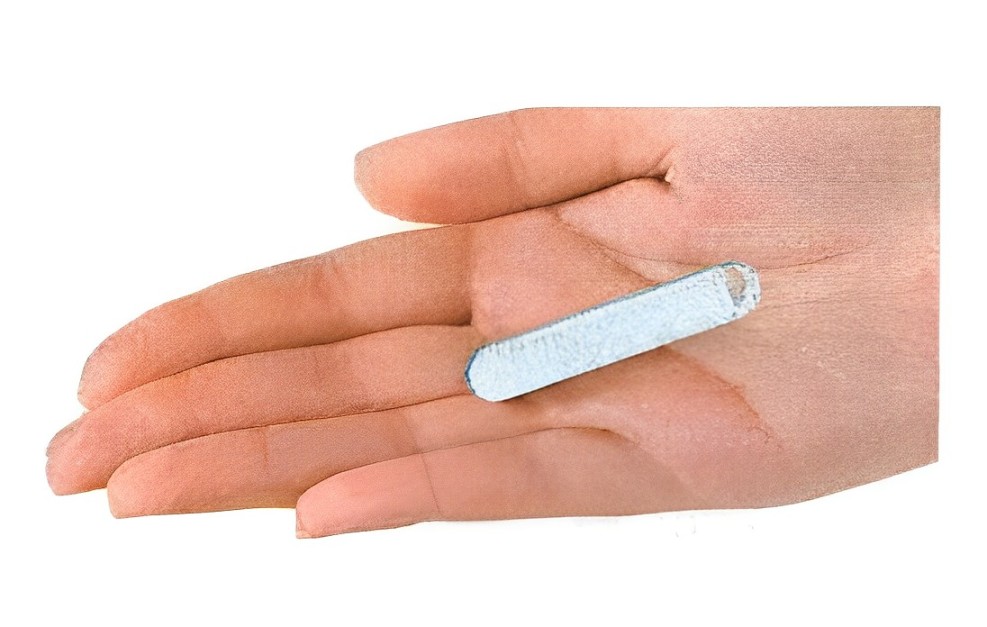Implantable Loop Recorder

What is an Implantable Loop Recorder?
Also known as a reveal or ILR. It is small device that monitors your heart rhythm (electrical signals of your heart) continuously or manually using a handheld patient activator. It is small in size (approximately 4 x 1cm). It is inserted just under your skin (subcutaneously) on your chest. The battery can last up to 3 years. It helps diagnose heart rhythm problems that other monitoring devices such as an Electrocardiograph (ECG) or Holter monitor cannot. This is because these device are only able to collect a heart rhythm tracing at the time in place i.e. 10 minutes to 7 days.
Why do I need an Implantable Loop Recorder?
Your doctor may recommend an implantable loop recorder if you are experiencing regular episodes of syncope (fainting or blackouts). Syncope can happen for many reasons but a loop recorder allows your doctor to find out if it is because of an underlying heart condition.
What are the risks?
There are risks and complications related to this procedure. They include but are not limited to the following;
- Bleeding or bruising
- Infection requiring device removal
- Mild pain at your implantation site

Before Your Procedure
Do not eat anything 6 hours before your procedure, you may drink only clear fluids up until 2 hours before your procedure.
You will change into a hospital gown, be given an ID armband and your groin and wrist clipped of any hair. Your healthcare team will take your vital signs (blood pressure and pulse) and insert an IV (intravenous) line into a vein in your arm.
Please let us know if you are allergic to any other medications.
Ask any questions that you or your family may have and sign a form consenting for the procedure.
Your Cardiologist may stop your Warfarin, Dabigatran, Rivaroxaban & Apixaban a few days before the procedure, however Aspirin, Clopidogrel, Prasugrel & Ticagrelor are usually continued.
During the Procedure

The procedure is done in a Cardiac Catheterisation Laboratory (Cath Lab) that looks like an operating theatre and takes about 20 minutes. You will lie on a narrow table flat on your back. It is a sterile lab and the staff will be wearing gowns, masks and caps. You will be connected to blood pressure, heart tracing and oxygen monitoring for the procedure.
Your chest will be cleaned with a cold antiseptic solution and then you will be covered with a drape. It is important that you try and stay still under the drape. After the local anaesthetic is injected the area of the left upper chest will become numb and the doctor will make a small 1cm incision in your skin. A small pocket will be made underneath the skin and the loop recorder inserted. The device is the size of a flattened AA battery. The incision will be closed with some wound closure strips and covered with a dressing.
Activity After the Procedure & At Home
You will be taken to the recovery area or to the cardiac ward to rest afterwards.
You will be given instructions on how to use the activator and when to make follow-up appointments. It is important to carry the activator with you at all times, so you can capture and record any episodes whenever you’re experiencing symptoms.
Keep the dressing dry and leave it on for 5 days and then gently remove it.
If you have been given a prescription for antibiotics it is important to complete the whole prescription to avoid an infection.
Whilst the site is healing, avoid wearing tight clothing that could rub and cause you discomfort over the procedure site.
You may be tender or sore and have some bruising at the procedure site, this should go away after two weeks.
lf you notice any swelling, redness or ooze please consult your doctor immediately.
Do not drive or operate heavy machinery for 24 hours after your procedure. This may be increased if you have other conditions. More information can be obtained from your Cardiologist or the Roads and Maritime Services.

